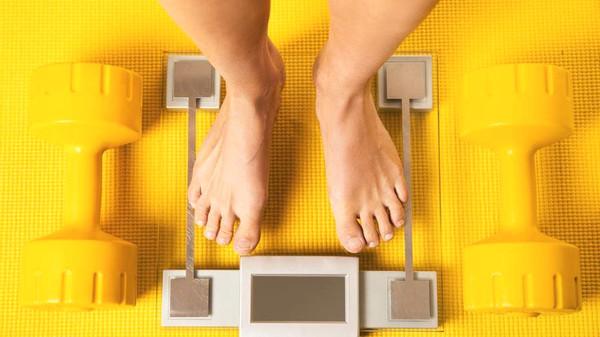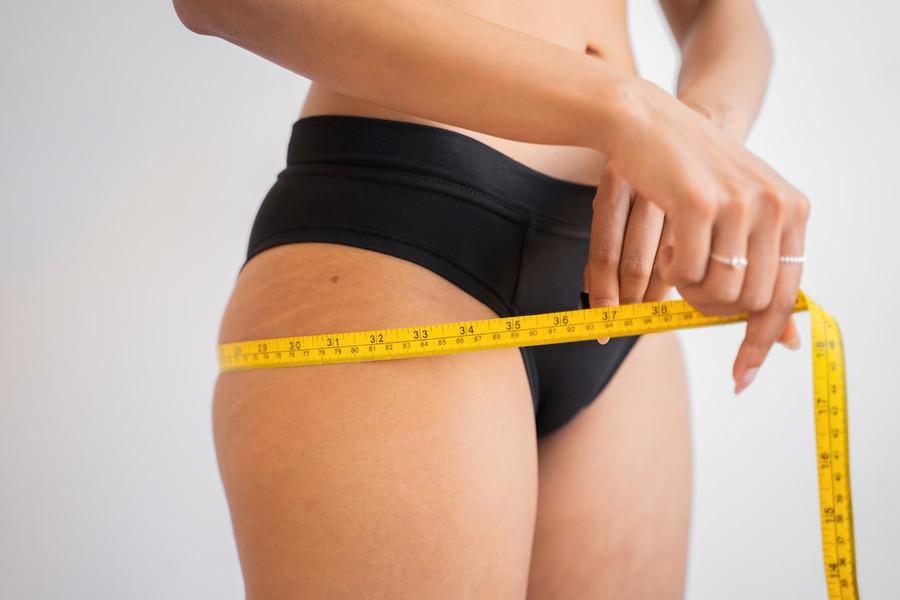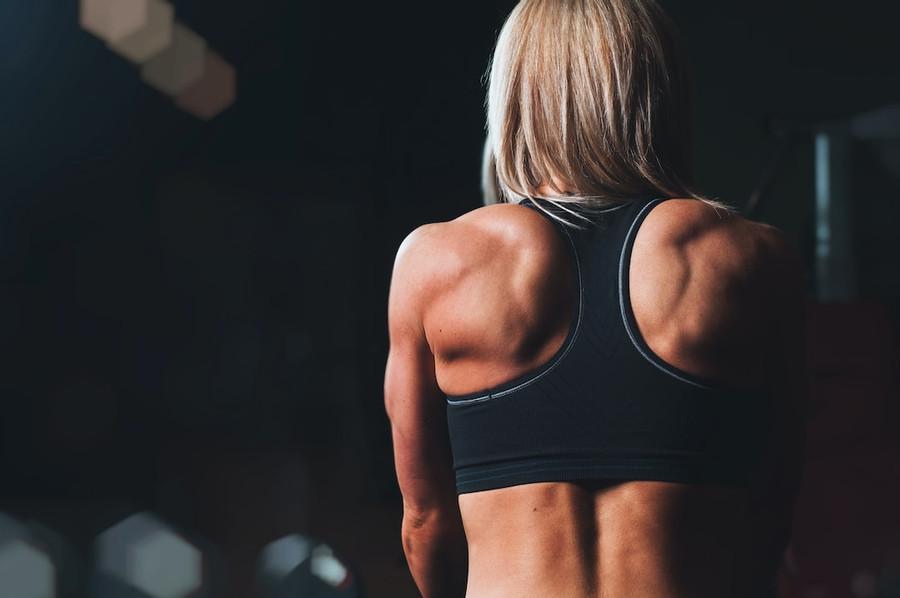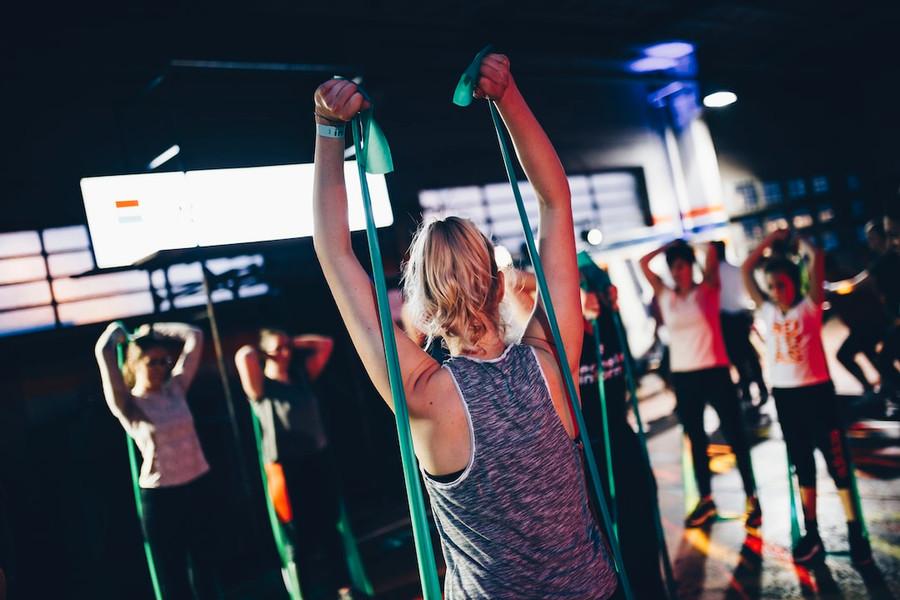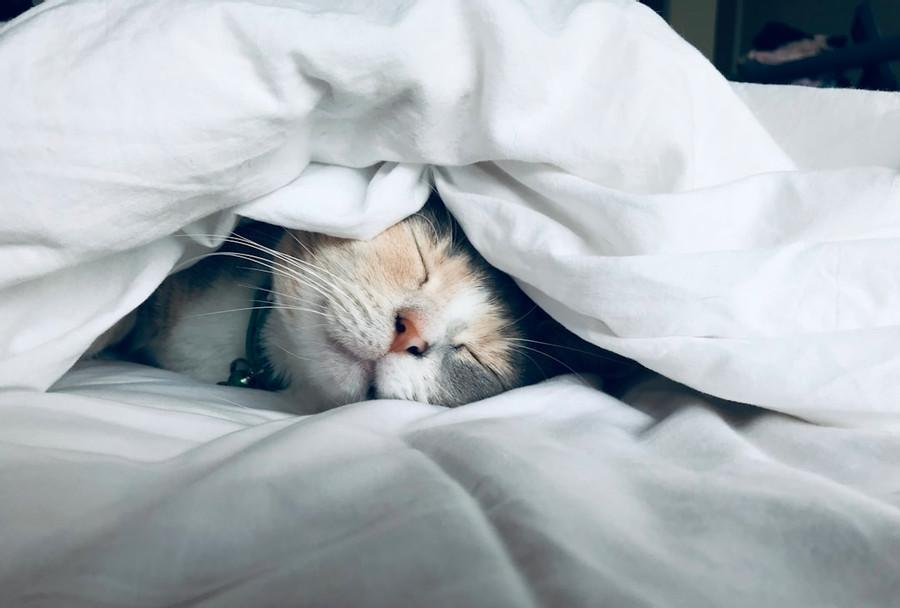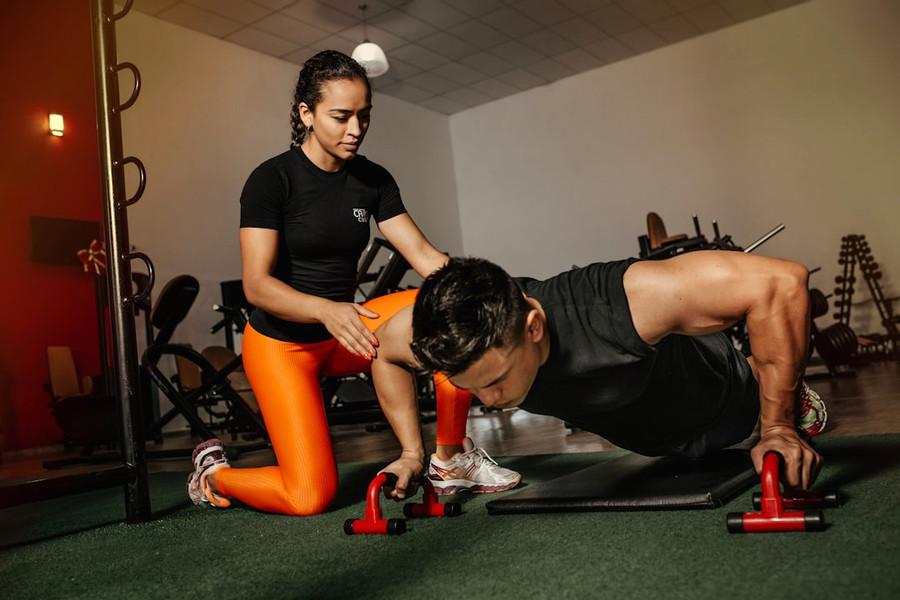How To Lose Fat And Gain Muscle At The Same Time
Curated from: forbes.com
Ideas, facts & insights covering these topics:
17 ideas
·51K reads
148
2
Explore the World's Best Ideas
Join today and uncover 100+ curated journeys from 50+ topics. Unlock access to our mobile app with extensive features.
Retaining Muscle Mass as Part of Weight Goals
- When setting weight loss goals, it’s important to focus not only on losing fat, but also on retaining muscle mass.
- Skeletal muscle supports the body’s structure and generates essential movements, such as walking, personal grooming and eating.
- Unintentional muscle loss can affect other aspects of health as well, including bone health, heart health and longevity.
- Alternatively, gaining muscle not only minimizes these risks, but also contributes to calorie burning (even at rest) since muscle is denser and more metabolically active than fat.
410
5.77K reads
How to Lose Fat Safely
- To lose fat safely, a person must first set a reasonable weight loss goal, says Daniel Chavez, a Texas-based registered dietitian and certified strength and conditioning specialist.
- Safe weight loss involves nutritionally balanced meals, physical activity, healthy lifestyle habits and a calorie deficit that primarily targets fat tissue without compromising muscle mass and bone health.
399
4.7K reads
Recommended Weight Loss
- Weight loss of 0.5% to 1% (or about 1 to 3 pounds) of body weight per week is [generally considered] safe,” notes Chavez.
- Body fat loss beyond that amount can have negative health implications, such as a slower metabolism, bone density loss and menstrual irregularities and can lead to increased food cravings and disordered eating , he cautions.
- Most scales only gauge total body weight and don’t show how much of that weight is fat versus muscle.
407
4.38K reads
How to Measure Fat Loss
There are 4 helpful ways to measure body fat:
- Skinfold measurements, measure with calipers and plugged into an equation that calculates body fat.
- Bioelectrical impedance scales, measure body fat, muscle mass and water percentage through the use of painless electrical currents.
- Hydrostatic weighing, measure body fat through how much water is displaced when you’re submerged in water.
- Dual energy x-ray absorptiometry (or DEXA) scan, x-ray that captures images and determines body fat and muscle mass.
Taking pictures every 4 to 6 weeks to visually catalog progress is also recommended.
399
3.44K reads
Potential Health Benefits of Fat Loss
Modest weight loss can lead to health benefits and lower a person’s risk of chronic diseases like diabetes and heart disease.
A 2017 review in Current Obesity Reports that suggests weight loss totaling 2% to 10% in people living with obesity can also result in:
- Menstrual irregularity improvement
- Better blood sugar regulation
- High blood pressure reduction
- Triglyceride reduction
- An increase in high-density lipoprotein (HDL)
- Improved knee function in cases of osteoarthritis
- Lower risk of depression
- Improvement in urinary incontinence
- Improvement in sexual function
392
3.02K reads
How to Gain Muscle
- Optimal protein intake and resistance training are critical components of gaining muscle.
- Protein is a vital macronutrient found in many parts of the body, including the bones and muscles, and it’s involved in numerous chemical reactions in the body, such as digestion and energy production.
- Resistance or strength training is equally important - research shows it’s effective not only for increasing muscle mass but also for decreasing body fat and recharging a person’s resting metabolic rate.
400
3.03K reads
Health Benefits of Building Muscle
Muscle is essential for functionality, and building and maintaining muscle mass throughout life is associated with longevity.
In fact, progressive muscle loss in older adults, or sarcopenia, is linked to an increased risk of falls, disability and death.
A 2021 study in Nutrients cites the following potential benefits of muscle gain:
- Increased strength
- Increased ability to perform daily tasks and activities
- Increased metabolic rate
- Decreased injury and fall risk
- Improved blood sugar metabolism
397
2.7K reads
Is It Possible to Lose Fat and Gain Muscle at the Same Time?
- Gaining muscle while losing fat, also known as body recomposition, is possible.
- Resistance training and protein intake are key to successful body recomposition.
- Eating a maintenance number of calories or at a slight calorie deficit is also key.
408
3.17K reads
Optimal Protein for Losing Fat and Gaining Muscle
Research suggests most adults should consume 1.5 grams of protein per kilogram of body weight per day and pair that dietary lifestyle with resistance training to build muscle efficiently.
However, this amount may vary based on an individual’s age, calorie intake and body weight.
It’s necessary to include high-quality protein sources in the diet - leucine, an amino acid typically found in higher amounts in animal-based proteins, can help stimulate muscle gain.
Protein sources high in leucine include:
- Chicken
- Fish
- Eggs
- Milk
- Dairy products, such as yogurt and cheese
433
2.82K reads
Plant Based
For individuals who follow a plant-based lifestyle, it is recommended to costume a variety of plant proteins, including plant-based protein powders, such as pea-based products, that are typically high in leucine.
Plant sources of high-quality protein include:
- Legumes, such as beans, chickpeas, lentils and soybeans
- Nuts
- Seeds
- Tofu
- Tempeh
Speak with a health care provider before increasing protein intake.
Excessive protein consumption or a macronutrient imbalance in a person’s diet may worsen symptoms of certain conditions, such as kidney disease and diabetes.
398
2.29K reads
The Best Type of Workout to Lose Fat and Gain Muscle
- Resistance training, which increases muscular strength and endurance by exercising those muscles against external resistance, is vital for both fat loss and muscle gain.
- Resistance training can be performed by using elastic fitness bands, which are rubber elastic bands that you stretch by exerting force, strength training machines and weights like barbells, dumbbells and kettlebells.
- The key is to take reps to muscle fatigue. Muscle fatigue is the point at which another repetition is not possible.
419
2.59K reads
Example Of Muscle Fatigue
- When doing a chest press on a machine, if you’re pushing out the handles on your eighth repetition, but you make it a third of the way out, you’ve reached muscle fatigue and completed seven reps.
- By practicing reps, you engage the maximum amount of muscle fibers.
This engagement stimulates both muscle growth and insulin sensitivity, which promotes fat loss.
406
2.53K reads
Any Form of Activity Can Aid In Fat Loss
- In addition to resistance training, any form of activity can aid in fat loss by burning calories.
- However, choose an activity that doesn’t hamper recovery as the body needs time to adequately repair itself between resistance training sessions.
- Physical activity in addition to resistance training and a low-calorie diet diminishes the recovery reservoir, meaning it may take muscles five days to repair instead of the typical 72 hours.
390
2.31K reads
Lifestyle Factors - Adequate Rest And Sleep
- Muscle recovery and adequate sleep are instrumental for body composition improvements.
- It is recommended taking periods of rest to recover from exercise and getting seven to nine hours of sleep daily.
- Rest days prevent overtraining and injury.
- A rest day can be a complete day off from any exercise or a day where resistance training is replaced by low-impact cardiovascular exercise.
392
2.21K reads
Lifestyle Factors - Intermittent Fasting
- Intermittent fasting with eating restricted to a 6 to 8-hour window daily may also help, but further high-quality clinical trials are needed to confirm the efficacy of this method.
- By fasting, you’re going into repair mode where damaged muscle fibers are recycled into fresh new muscle fibers.
- Fasting can also increase insulin sensitivity, which can promote fat burning.
- You also often create a calorie deficit when combining intermittent fasting with exercise.
402
2.26K reads
Lifestyle Factors - Adequate Hydration
- Muscle is composed of around 75% water and proper hydration increases circulation of blood volume, which then allows for enhanced delivery of water and nutrients to working and recovering muscles.
- Water helps remove waste products from exercise and prevents overheating through sweating.
- The Institute of Medicine of the National Academies recommends women drink 2.7 liters (about 11 cups) and men drink 3.7 liters (about 15 cups) of water per day.
- It is recommended drinking 16-ounces of water before workout and another 16-ounces after workout, on top of your regular fluid intake in a day.
405
1.93K reads
Patience Is Key & Talk To A Professional
- Additionally, patience is key when targeting fat loss and muscle gain. Tackling both at the same time, as opposed to focusing solely on building muscle or reducing fat, takes longer.
- It’s best to speak with a health care provider before beginning a program to lose fat and gain muscle - or any new diet and exercise regimen.
- It may also be helpful to enlist the support of a professional knowledgeable in body recomposition who can tailor a plan to fit your lifestyle and goals, such as a certified personal trainer with a nutrition degree or a registered dietitian specializing in sports nutrition.
384
1.83K reads
IDEAS CURATED BY
Lawyer turned Artist Visionary Curator & Gallerist. Empowering self-love and joy through art & words. www.innerjoyart.com 💝 Instagram : dymphna.art
CURATOR'S NOTE
To achieve the optimum benefits from our workouts, it is important to be aware that it is possible to lose fat while gaining muscles at the same time too. This article explains how best to achieve that.
“
Similar ideas
1 idea
8 Effective Tips to Lose Fat in Your Face
healthline.com
1 idea
How Can I Burn More Fat When Exercising?
verywellfit.com
Read & Learn
20x Faster
without
deepstash
with
deepstash
with
deepstash
Personalized microlearning
—
100+ Learning Journeys
—
Access to 200,000+ ideas
—
Access to the mobile app
—
Unlimited idea saving
—
—
Unlimited history
—
—
Unlimited listening to ideas
—
—
Downloading & offline access
—
—
Supercharge your mind with one idea per day
Enter your email and spend 1 minute every day to learn something new.
I agree to receive email updates
